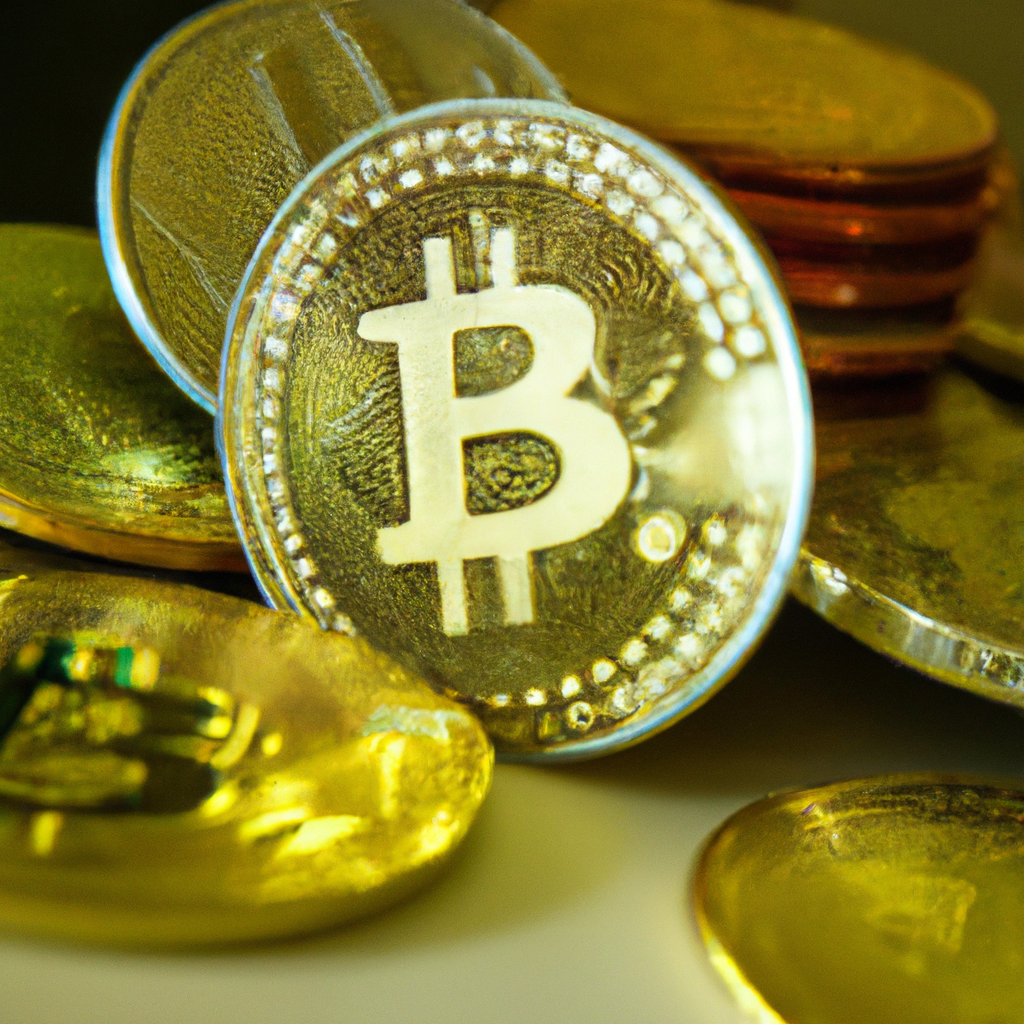
The Importance of Psychology in Crypto Trading
Crypto trading has come a long way since the early days of Bitcoin, when it was mostly a hobbyist pursuit. Today, crypto markets are highly competitive, with millions of traders around the world seeking to make profits from the volatile price movements of cryptocurrencies. Successful trading in this environment requires not only technical knowledge and analytical skills, but also a deep understanding of human psychology. In this article, we explore the different types of crypto traders, their emotional and cognitive biases, and the social dynamics that shape their behavior. We also discuss strategies for building a strong mental game and coping with the inevitable losses that come with trading.
Types of Crypto Traders: From Day Traders to Hodlers
Crypto traders come in many shapes and sizes, but they can be broadly classified into several categories based on their trading styles and time horizons. Day traders are those who buy and sell cryptocurrencies within a single day, seeking to profit from short-term price fluctuations. Swing traders hold positions for several days or weeks, aiming to capture medium-term trends. Position traders, or hodlers, hold cryptocurrencies for months or even years, betting on long-term growth. Each type of trader has its own strengths and weaknesses, and the choice of trading style depends on individual preferences, risk tolerance, and market conditions.
The Role of Emotions in Crypto Trading
Emotions play a major role in crypto trading, often leading to irrational decisions and excessive risk-taking. Fear, greed, euphoria, and panic are common emotions experienced by traders, and they can have a significant impact on market sentiment and price movements. Fear, for example, can cause traders to sell their holdings prematurely, while greed can make them hold on to losing positions for too long. Euphoria can lead to overconfidence and excessive risk-taking, while panic can trigger a mass sell-off and a sharp price drop. Understanding and managing emotions is therefore essential for successful trading.
Cognitive Biases and Their Impact on Trading Decisions
Cognitive biases are mental shortcuts or heuristics that humans use to make decisions quickly and efficiently, but which can also lead to errors and distortions. In crypto trading, several biases can affect decision-making, such as confirmation bias, which leads traders to seek information that confirms their preconceived ideas, and anchoring bias, which causes them to rely too heavily on a single piece of information. Other biases include overconfidence, loss aversion, and sunk cost fallacy. These biases can lead to overtrading, poor risk management, and missed opportunities. Recognizing and overcoming biases is therefore crucial for making informed trading decisions.
Fear and Greed: The Two Major Emotions in Crypto Trading
Fear and greed are the two primary emotions that drive crypto trading, and they are often in conflict with each other. Fear of missing out (FOMO) can make traders enter a position at the top of a bull run, while fear of loss (FUD) can cause them to sell at the bottom of a bear market. On the other hand, greed can make traders hold on to a winning position for too long, ignoring warning signs of a market reversal. Balancing fear and greed requires discipline, patience, and a clear trading plan based on objective criteria.
The Psychology of Trading Strategies: Technical vs Fundamental Analysis
Traders use various methods to analyze market trends and make trading decisions, but they can be broadly classified into two categories: technical analysis and fundamental analysis. Technical analysis relies on chart patterns, indicators, and mathematical models to predict price movements, while fundamental analysis examines the underlying economic, political, and social factors that affect the value of a cryptocurrency. Each approach has its supporters and detractors, and the choice of method depends on individual preferences and market conditions. Traders who rely on technical analysis tend to be more short-term oriented, while those who favor fundamental analysis tend to have a longer-term perspective.
Social Dynamics of Crypto Trading Communities
Crypto trading is not only an individual activity, but also a social one. Traders often share information, opinions, and strategies with each other, forming communities that can influence market sentiment and price movements. Social media platforms such as Twitter, Reddit, and Telegram are popular channels for crypto traders to share their views and connect with each other. However, social dynamics can also lead to herd behavior, where traders follow the crowd without doing their own research, or to toxic behavior, such as trolling and spreading misinformation. Being aware of social dynamics and choosing reliable sources of information is therefore crucial for making informed trading decisions.
FOMO and FUD: How They Affect Trader Behavior
FOMO and FUD are two common emotions that affect trader behavior in crypto markets. FOMO, or fear of missing out, can cause traders to enter a position at the top of a bull run, hoping to ride the wave of rising prices. FUD, or fear, uncertainty, and doubt, can trigger a mass sell-off and a sharp price drop, as traders panic and sell their holdings. Both emotions can be amplified by social media and news coverage, leading to a feedback loop of buying or selling pressure. Recognizing and managing FOMO and FUD is therefore essential for making rational trading decisions.
The Psychology of Market Cycles and Bubble Formation
Crypto markets are notoriously volatile, with frequent cycles of boom and bust that can last for months or even years. The psychology of market cycles is driven by a combination of economic factors, technological innovation, regulatory changes, and investor sentiment. Market cycles often lead to the formation of bubbles, where prices rise rapidly and unsustainably, followed by a sharp correction. Bubbles are fueled by greed, euphoria, and FOMO, and are often characterized by a herd mentality and a disregard for fundamentals. Knowing how to recognize and avoid bubbles is therefore essential for avoiding major losses.
Building a Strong Mental Game for Successful Crypto Trading
Building a strong mental game is a key component of successful crypto trading. A strong mental game involves discipline, patience, emotional control, and a clear trading plan. Traders need to be able to resist the urge to chase short-term profits, manage their risk effectively, and stay focused on their long-term goals. They also need to be able to cope with losses and setbacks, and to maintain a positive and constructive attitude towards trading. Developing a strong mental game requires practice, self-reflection, and a willingness to learn from mistakes.
Dealing with Losses: Coping Strategies and Mental Health
Losses are an inevitable part of crypto trading, and dealing with them effectively is crucial for maintaining mental health and avoiding burnout. Coping strategies for dealing with losses include taking a break from trading, seeking social support, and reframing losses as learning opportunities. Traders also need to be aware of the danger of obsessively checking prices, which can lead to anxiety and addiction. Maintaining mental health also involves practicing self-care, such as exercise, meditation, and a balanced lifestyle. Seeking professional help if needed is also important.
The Future of Crypto Trading and Its Psychological Challenges
Crypto trading is a dynamic and rapidly evolving field, with new technologies, markets, and regulations emerging all the time. The psychological challenges of trading are likely to persist, however, as human nature and behavior are unlikely to change. Therefore, the key to successful crypto trading is not only technical expertise and market knowledge, but also a deep understanding of human psychology and the ability to manage emotions, biases, and social dynamics. By building a strong mental game and staying grounded in reality, traders can navigate the ups and downs of crypto markets and achieve their long-term goals.

